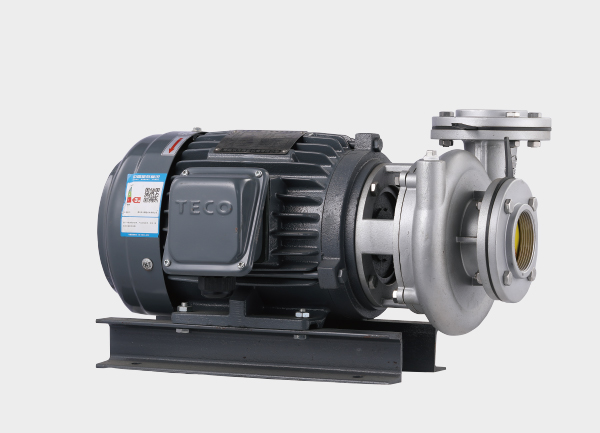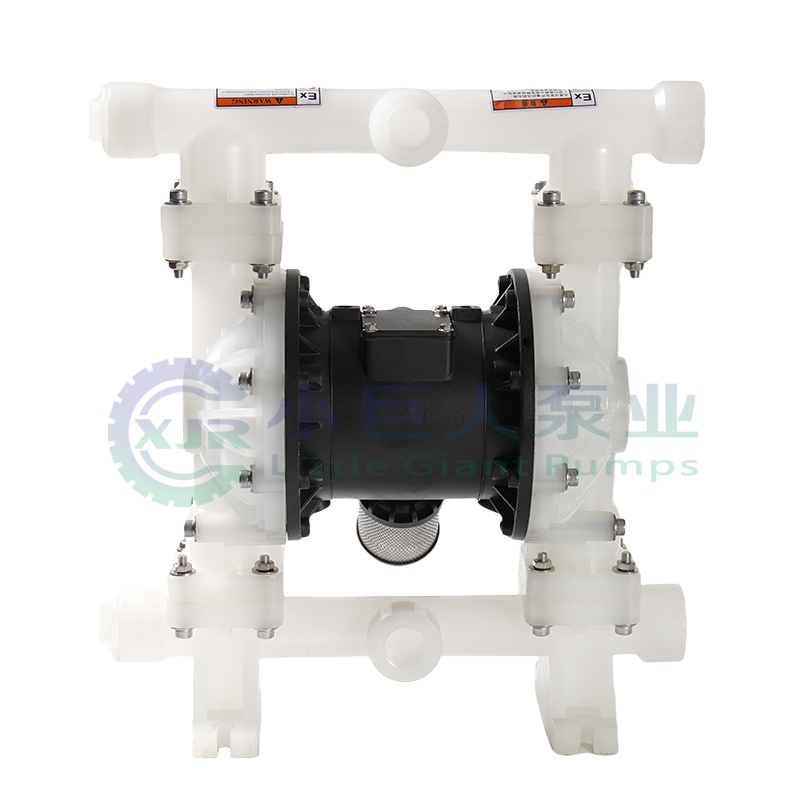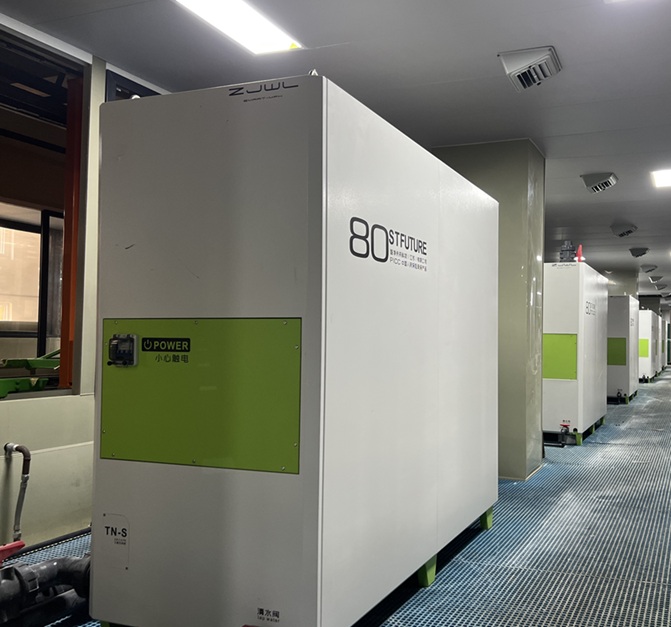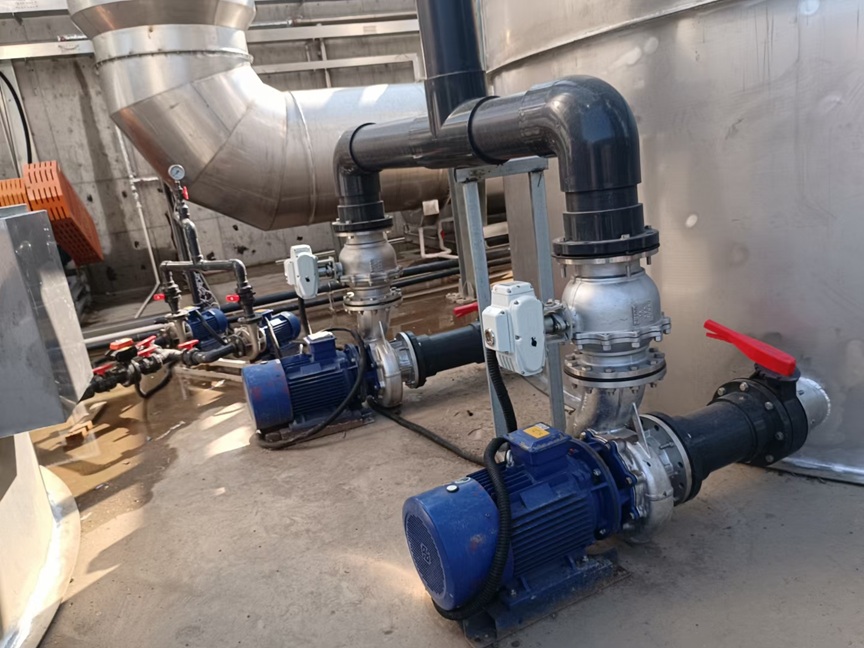Dosing pumps are precision devices designed to deliver accurate amounts of chemicals or additives into a system. In real-world applications, common issues often occur during operation, mainly involving no dosing or insufficient dosing, flow rate deviation, and abnormal noise or vibration. Each type of problem requires targeted inspection of mechanical components, pipelines, and control parameters.
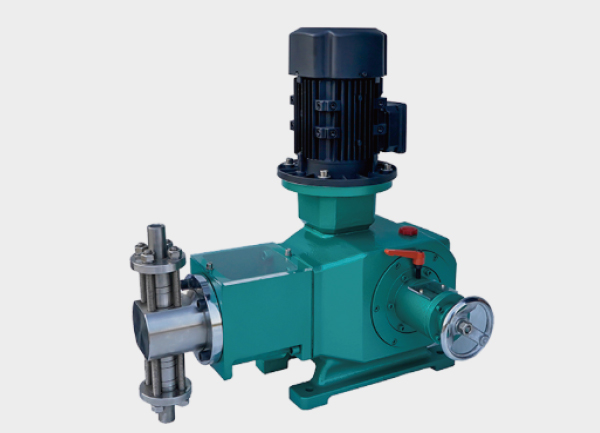
1. No Dosing or Insufficient Dosing
This is the most frequent problem in dosing systems. The root cause is usually blockage in the liquid path or loss of system sealing.
Inlet Side Issues
Blocked suction line: Check whether the suction pipe is clogged with impurities. Remove and clean the inlet filter.
Faulty inlet check valve: If the valve core is stuck by debris, disassemble the check valve, clean or replace the valve diaphragm.
Sealing Problems
Air leakage in connections: Inspect all suction-side fittings for looseness. Tighten the joints to restore sealing.
Aged sealing rings: Replace worn or aged seals in the pump head to prevent air from entering and causing airlock.
Outlet Side Issues
Blocked outlet or closed valve: Make sure the discharge line is open and free of obstructions.
Excessive outlet pressure: If the system pressure exceeds the pump’s rated capacity, reduce downstream pressure or replace the pump with a high-pressure model.
2. Flow Rate Deviation (Too High or Too Low)
Flow deviation directly affects the accuracy of chemical dosing. The main causes are mechanical wear or incorrect parameter settings.
Mechanical Wear
Plunger and diaphragm wear: For plunger pumps, check the plunger seals; for diaphragm pumps, inspect the diaphragm for aging or cracks. Replace worn parts periodically according to the manufacturer’s schedule.
Parameter Misconfiguration
Incorrect stroke length or frequency: Verify that stroke and frequency settings match the required flow. For example, if the actual demand is 10 L/h but the pump is set to 5 L/h, adjust the control panel to recalibrate.
Fluid Property Variations
Viscosity or temperature changes: High viscosity or low temperature reduces flow efficiency. For viscous or cold fluids, use heating or select pumps designed for high-viscosity media.
3. Abnormal Noise or Excessive Vibration
This issue is usually caused by loose mechanical components or internal friction, which should be addressed immediately to avoid further damage.
Motor Issues
If the motor emits a humming noise, it could indicate a phase loss or bearing failure. Disconnect power and check the wiring or replace bearings as needed.
Coupling Problems
Loose or misaligned coupling between the motor and pump head can cause strong vibration. Tighten the coupling bolts and ensure proper shaft alignment.
Foreign Objects in the Pump Head
Hard debris such as metal particles may enter the pump chamber, causing friction and abnormal sounds. Disassemble the pump head, clean the interior, and inspect for damage.
4. Routine Maintenance Recommendations
Proper maintenance minimizes downtime and extends the lifespan of the dosing pump.
Regular cleaning: Clean the inlet filter weekly to prevent blockages. Wipe the pump surface monthly to maintain ventilation and cooling.
Spare parts stock: Keep common consumables like check valve diaphragms, seals, and plunger O-rings in stock to ensure quick replacement.
Operational log: Record daily parameters including pressure, flow rate, and chemical type. This data is useful for diagnosing future issues.


